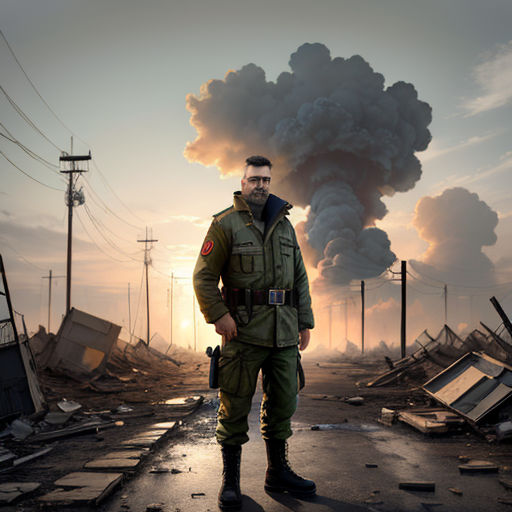
The Siege of Mariupol
By Storybird

13 Oct, 2023
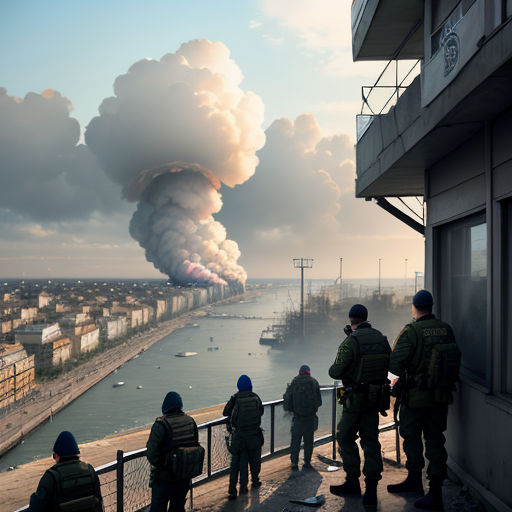
The Siege of Mariupol was a pivotal battle in the Russo-Ukrainian War. The city of Mariupol, located in the southeastern region of Ukraine, became a significant target for the pro-Russian separatists.
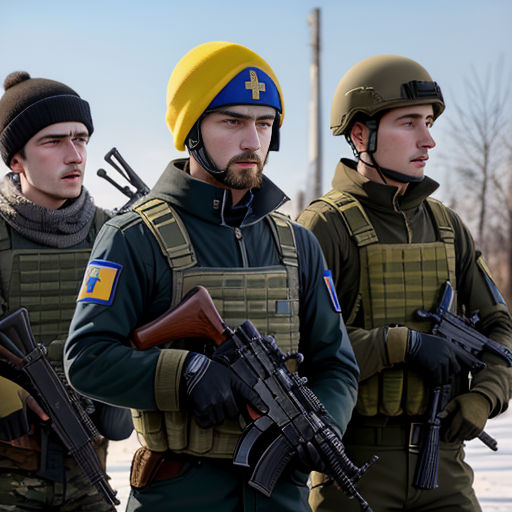
This battle marked a turning point in the war, as it was the first time that a major city was besieged. The Ukrainian government forces were desperately trying to hold their ground against the advancing separatists.
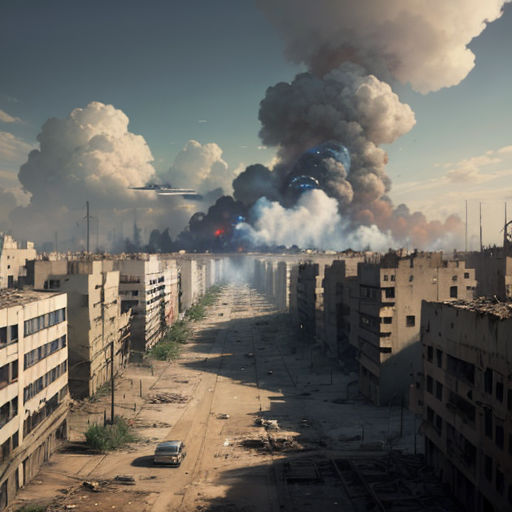
The siege began in early 2014, following Ukraine’s political shift toward the European Union. Pro-Russian elements in the region saw this as a betrayal, leading to the outbreak of hostilities.
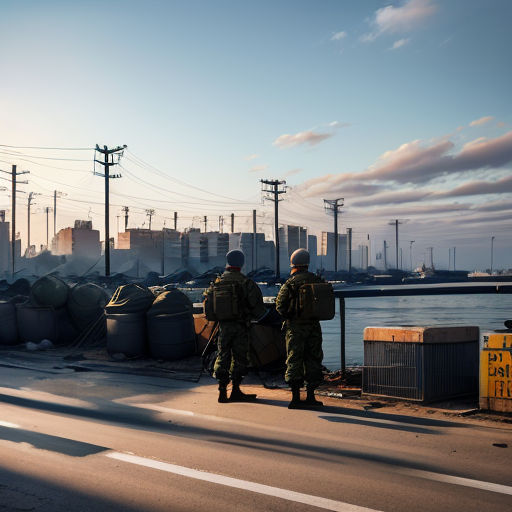
Mariupol, being a strategically important port and industrial city, was a prime target for the separatists. The city's capture would have given them a significant advantage.
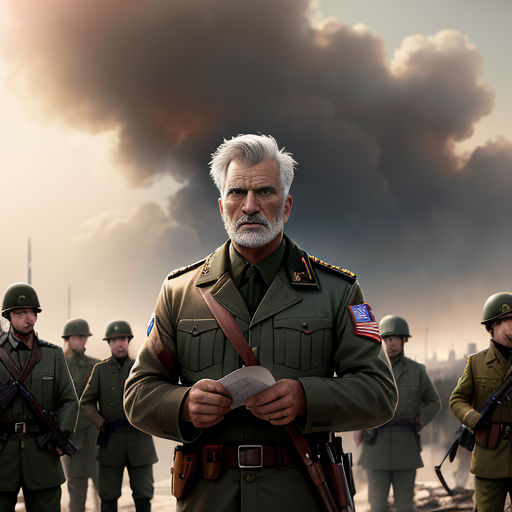
The Ukrainian forces, despite being outnumbered and ill-equipped, were determined to defend the city. They were led by Commander Petro, a seasoned military officer.
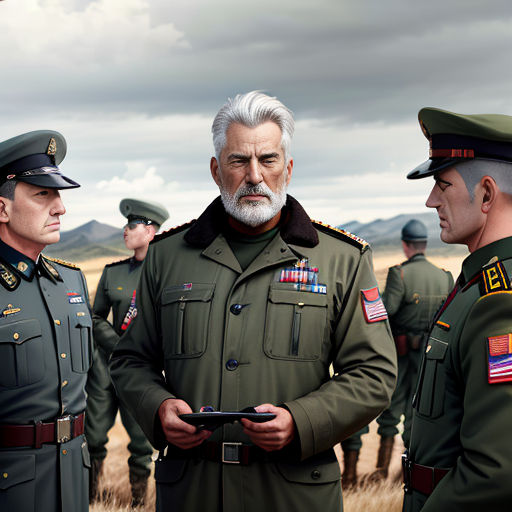
Petro, known for his tactical acumen, had the challenging task of rallying his men and preparing them for the impending conflict.
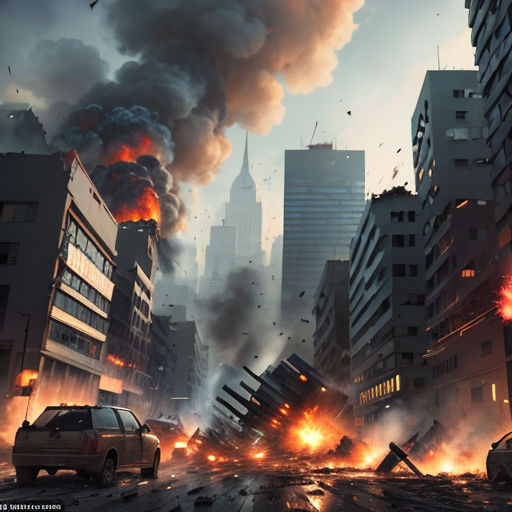
The first attacks came in the form of artillery strikes, aimed at disrupting the city's infrastructure and demoralizing the defenders.
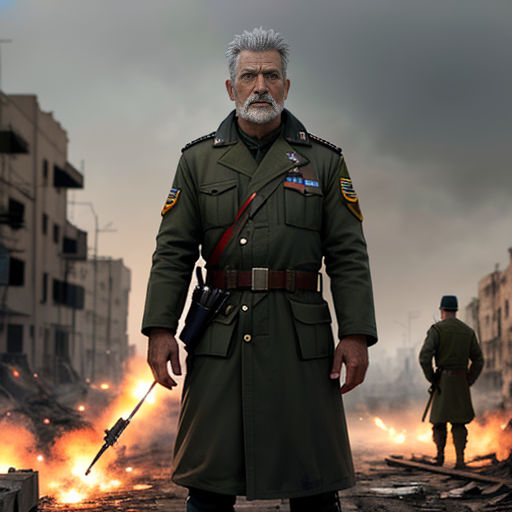
However, Commander Petro’s leadership and the determination of the Ukrainian forces kept the spirit of resistance alive.

The city was soon surrounded, and the intensity of the conflict escalated. The inhabitants of Mariupol were forced to endure shortages of food, water, and medical supplies.
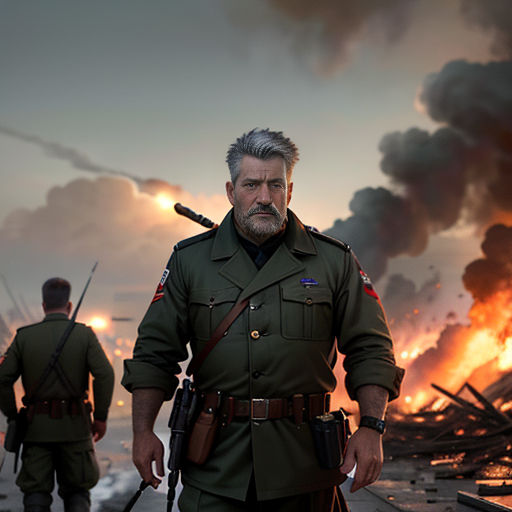
Despite the dire circumstances, the defenders of Mariupol held their ground. Commander Petro led his men in repelling numerous attempts to breach the city's defenses.
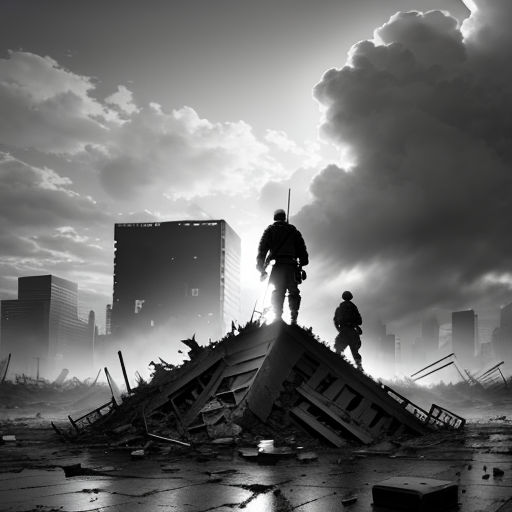
The battle raged on for months, with no clear end in sight. The city was in ruins, but the spirit of its defenders remained unbroken.
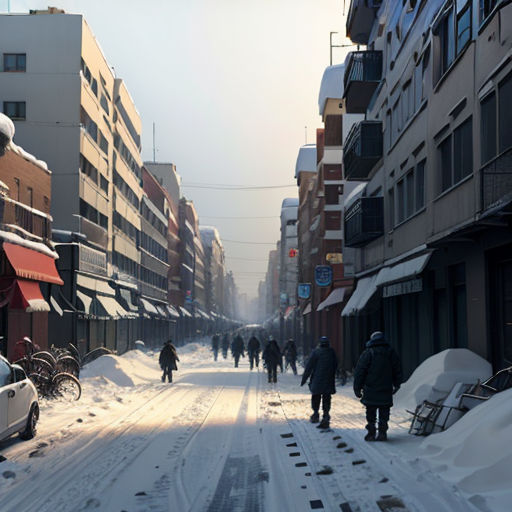
As winter set in, the conditions worsened. The lack of heat and shelter added another layer of hardship for both the city's inhabitants and its defenders.
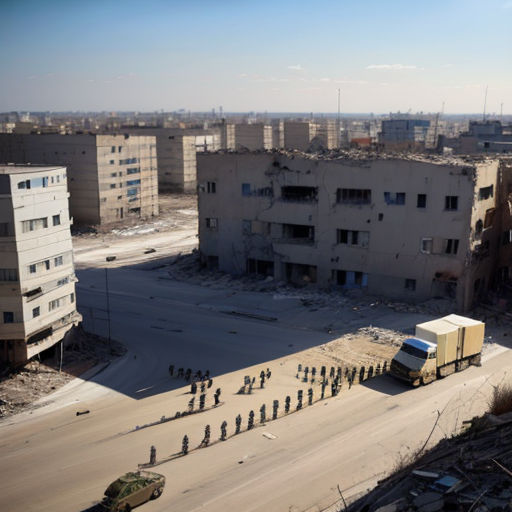
The resilience of the Ukrainian forces eventually led to international attention. Aid started pouring in from various countries, providing much-needed supplies and moral support.
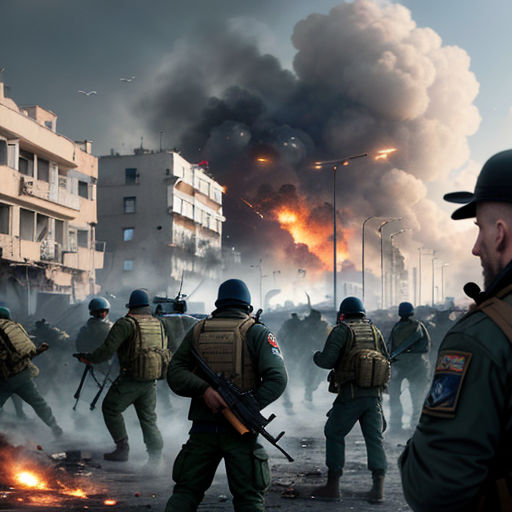
By early 2015, the separatists were facing mounting pressure. They had not anticipated the level of resistance they would encounter in Mariupol.
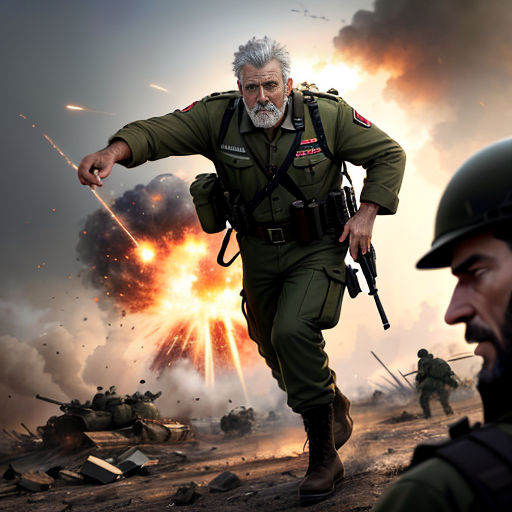
Commander Petro, seeing the enemy's flagging morale, seized the opportunity. He began organizing counterattacks to regain lost ground.
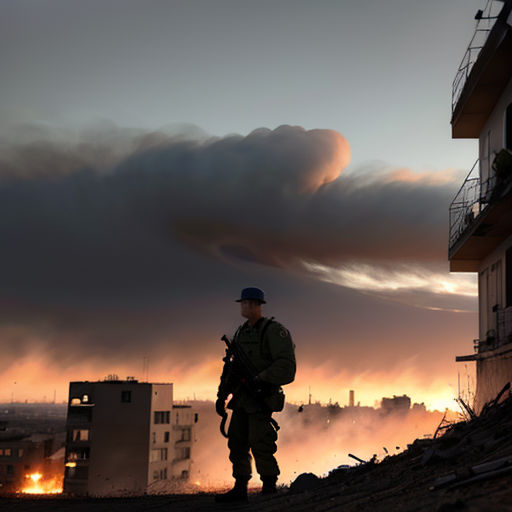
The Ukrainian forces started pushing back the separatists, slowly regaining control over key parts of the city. The tide of the battle was turning.
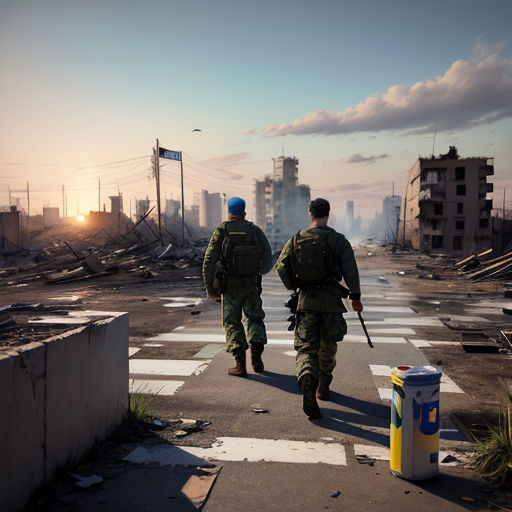
By mid-2015, the separatists were in retreat. The Siege of Mariupol was coming to an end. The city had withstood the onslaught and emerged victorious.
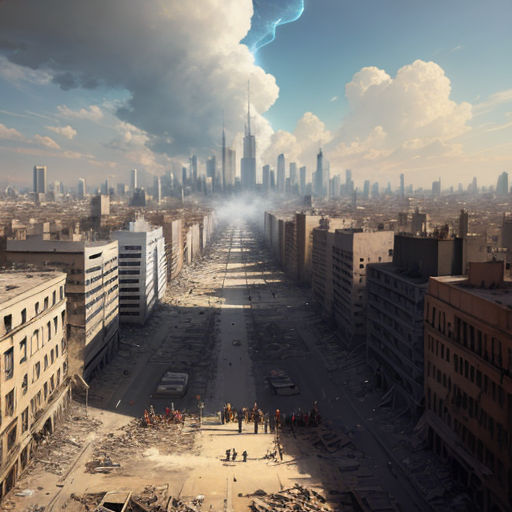
The battle had taken a heavy toll on the city and its people. However, their resilience had proven stronger than the might of the invading forces.
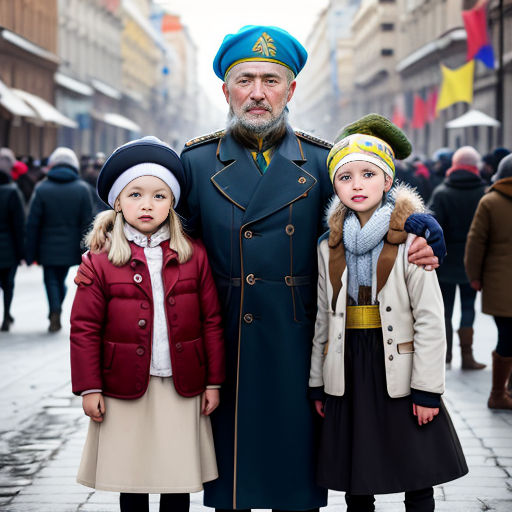
The Siege of Mariupol was a testament to the courage and determination of the Ukrainian people. It served as an inspiration for other cities facing similar threats.
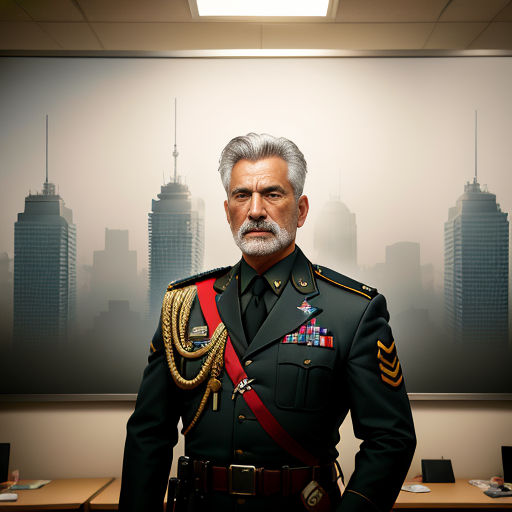
Commander Petro was hailed as a national hero. His leadership and strategic acumen had been instrumental in the city's defense.
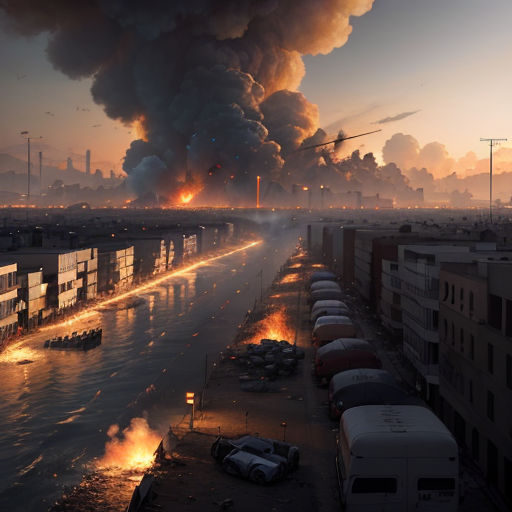
The battle also highlighted the importance of international support during times of conflict. The aid received played a crucial role in the city's survival.
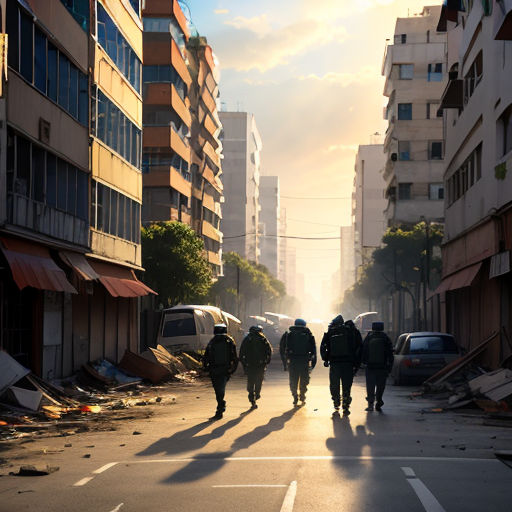
Today, Mariupol stands as a symbol of resistance and resilience. The city bears the scars of the battle, but its spirit remains unbroken.
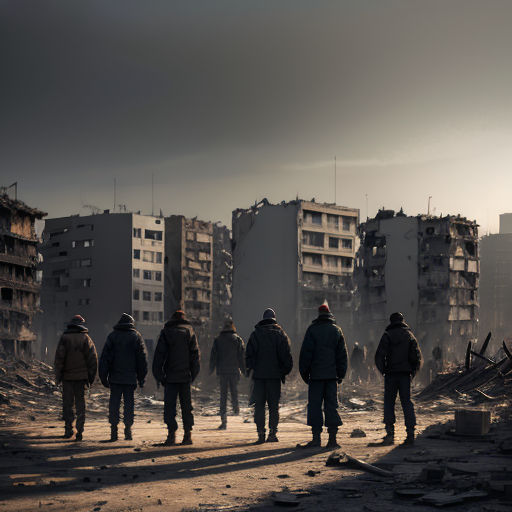
The Siege of Mariupol serves as a stark reminder of the costs of war. It emphasizes the importance of unity and determination in the face of adversity.
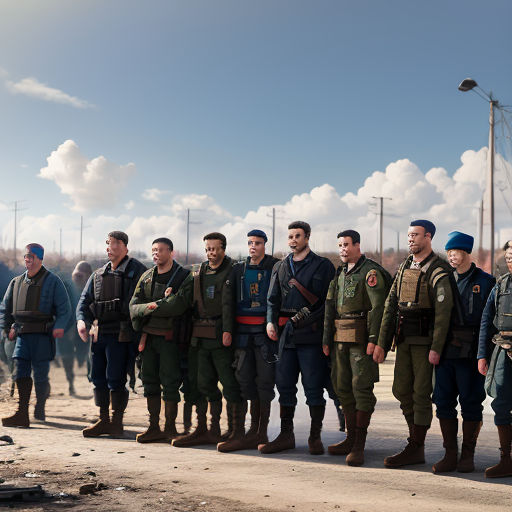
For the people of Mariupol, the battle was not just about defending their city. It was about defending their identity, their sovereignty, and their freedom.
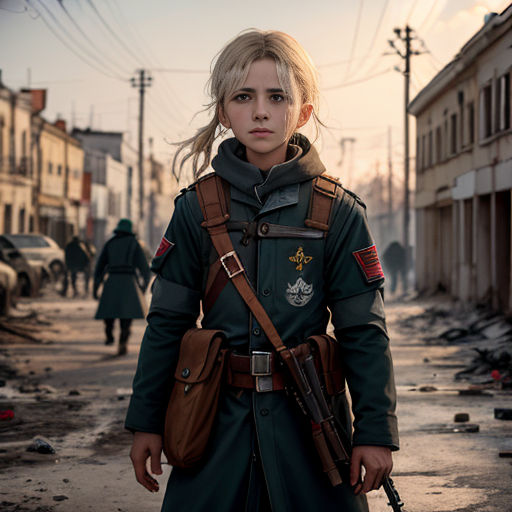
The Siege of Mariupol, while a grim chapter in Ukraine's history, ultimately serves as a beacon of hope. It shows that even in the face of overwhelming odds, the human spirit can prevail.